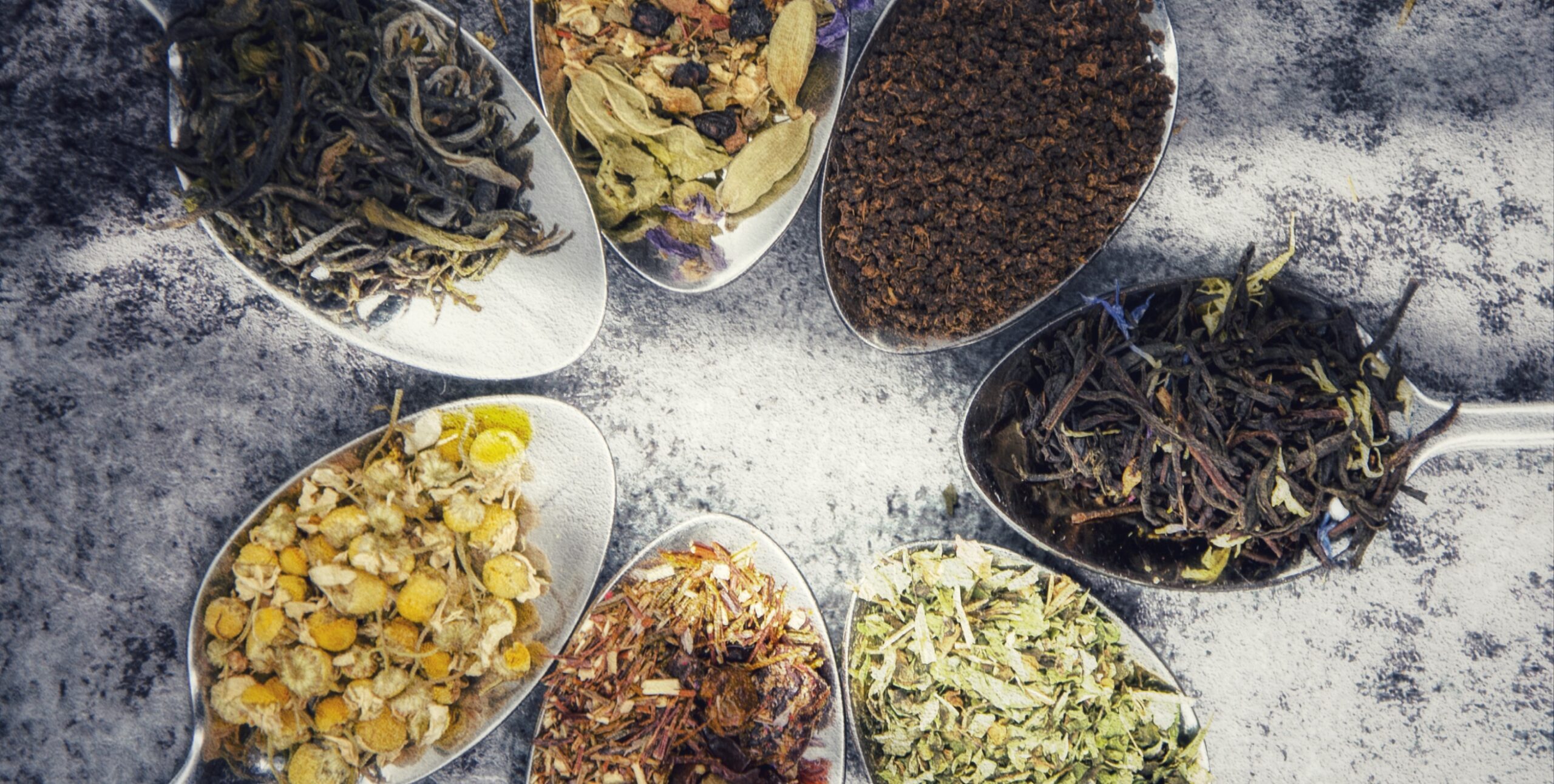In the earlier article we spoke about imbalance as the cause of disease, let us understand further as to what are the factors which cause this imbalance in the body.
The three factors which maintain the balance are vat, pitt, and kaph called the Tridoshas. They are like a tripod on which the body stands. In a healthy body they are said to be in a state of equilibrium or samyavastha. This state of balance varies from individual to individual depending on the prakritti or constitution of that person. To understand the prakriti of a person we first need to understand the characteristics pertaining to each dosha.
Vat occupies the most prominent place out of the three doshas as the diseases caused by vat are more serious and acute in nature. Said to cause the maximum number of diseases in the body, this is the carrier of imbalance because of its mobile nature. The other two doshas, pitt and kaph are unable to move from their positions without the aid of vat.
Vat or vayu as the name indicates is by nature dry, cold, light, subtle, mobile, expansive, and coarse. It is vat that enables to feel and perform all activities of the body, internal as well as external. It is the cause of all physical movements in the body. It enables, commands and performs all the physical functions of any organ in the body. It is said, there can be no pain in the body for which vat is not responsible because for the mind to perceive any sensation of pain, vat has to carry it also. Pain can be because of imbalanced pitt and kaph also but without the contribution of vat it cannot be perceived or felt. To distinguish the pain caused by vat from pitt and kaph the position of the pain is observed. If the pain keeps shifting, it is definitely because of a disturbed vat. A person of vat prakriti can be recognised by the characteristic associated with vat. His or her habits, looks and likings for specific objects indicate the dosha dominant in them. He or she will be hyperactive, talkative, will have dry skin, thin frame, light, rough and lustreless hair, irritable in nature, there is trembling in their body and very often they dream about flying.
Diseases caused by any doshas are cured by drugs of opposite qualities. As vat by nature is cold, rough, dry, light, non-slimy, it is reconciled by medicines which are hot, sharp, liquid in nature. Vat is said to have a cool tactile sensation, is aggravated by the use of cool substances and is alleviated by the use of hot ones.
Most important quality of vat is mobility. Its main function is activity without which no other phenomenon is possible in the body. Though a healthy body is said to be in a state of equilibrium, doshas are always increasing or decreasing at various points of time. The first part of the day is dominated by kaph, the afternoon by pitt and night by vat. Therefore, the daily intake of food should be planned keeping the dominance of doshas in mind. Things which increase kaph should not be taken early in the morning and the same goes for pitt and vat. Similarly, there is dominance of kaph in childhood, pitt in middle age, and vat in old age. As the key to health is balance, the diets and regimens should be planned keeping the state of doshas in mind at specific time and age. One who resorts to balanced diet and regimen in accordance with nature and his or her own prakriti can rarely fall sick.
We will talk more about doshas and their properties in the next issue.





